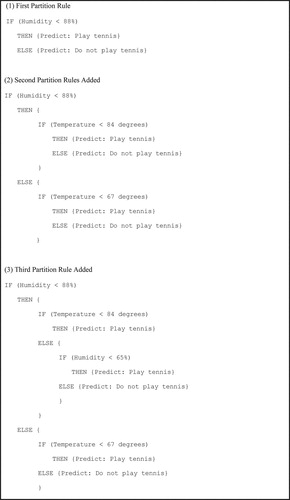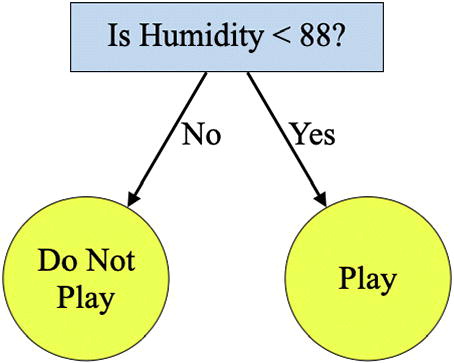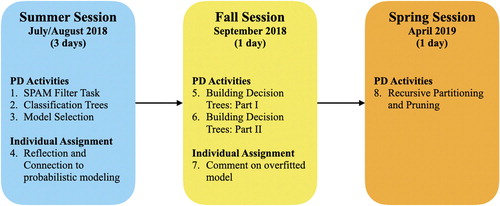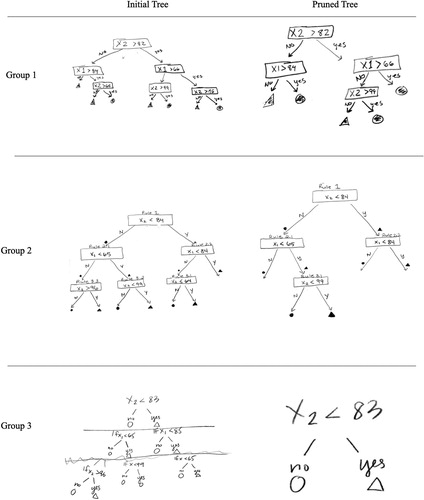Figures & data
Fig. 1 Recursive partitioning example used to predict whether a person will play tennis or not depending on the temperature and humidity. Integers in squares indicate the order of the partitioning. Blue areas represent predictions of “Yes,” yellow areas represent predictions of “No.”
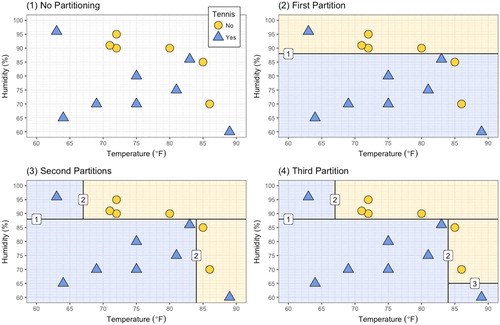
Fig. 3 The decision tree indicates a set of partitioning rules (algorithm) for predicting whether a person will play tennis or not depending on the temperature and humidity. The terminal nodes of “Play” and “Do not play” are predictions made by the model.
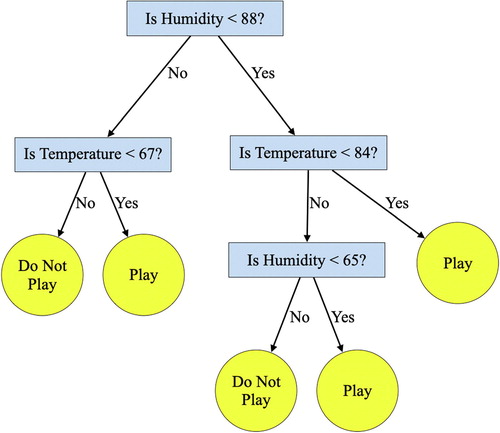
Table 1 Model building and evaluation process for classification tree and logistic regression using the tennis example.
